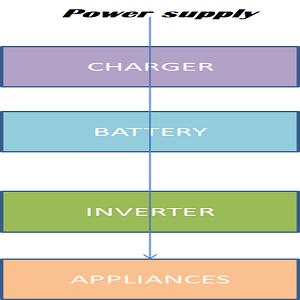How to Build Your Own Uninterruptible Power Supply

Are you frustrated because you lost an important unsaved document to power blackout? Had to go work with creased clothes because there was no power? Our lives are helplessly dependent on electricity and the wonders it does for us. Things seem to stop and freeze when there is a power shortage. At this point all of us wish for an uninterruptible power supply so that there are no breaks in our work. Building your own uninterruptible power supply (UPS) is very much possible if you get the right materials and have the knowhow of making it work. If you are up for it, our step by step guide helps with the basics.
Things you need build your own uninterruptable power supply:
– Charger
– Lead batteries
– Inverter from DC to AC
– Connecting wires and cables
– Protection gear (eye protection, gloves etc)
Things you need:
– Charger
– Lead batteries
– Inverter from DC to AC
– Connecting wires and cables
– Protection gear (eye protection, gloves etc)
Instructions
-
1
The first task is to get the required right materials. Arrange them in a proper sequence as it helps in finding the right product at right time.
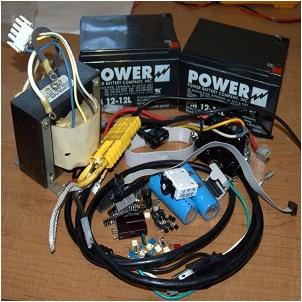
-
2
Get a charger that charges the type of batteries you are going to buy and can put up with such load. You will also need a battery isolator if your power supply does not allow a reverse current flow through it. The batteries can be lead acid ones which are cheap and good in performance. However, wet cell batteries are better to use in terms of performance but should be used only by those acquainted with them. If you are getting a wet cell, you will have to maintain it by topping it with distilled water once in a while.
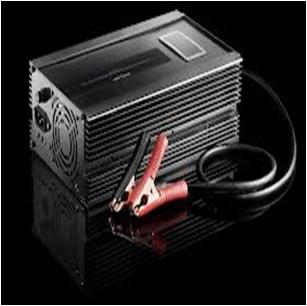
-
3
You will also have to get an inverter that converts the battery’s Dc power to AC power for your appliances. The volt amp of the converter should be enough to meet the demands of your appliances. Some inverters even have chargers inside them which simplify the whole system for you.
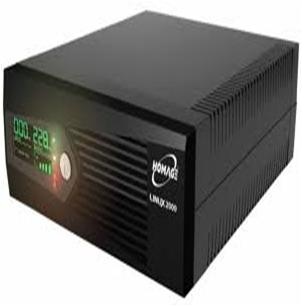
-
4
When you are done with arranging the equipment, prepare yourself for the task. Take off any metallic jewelry or objects you are wearing. Use eye protection for batteries and wear a protection gear.
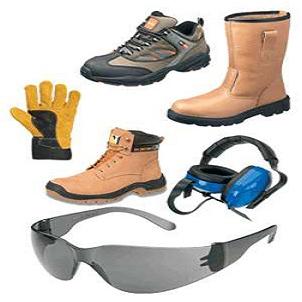
-
5
Use the connective wires and fuses to connect the power supply to the charger, the charger to the battery and the battery to the inverter. The inverter will then connect to your appliances. Work with special consideration of the polarities. Earth the inverter. A bus bar will help you do the work neatly and easily. Wait for the battery to charge overnight with the inverter turned off. Turn the inverter on in the morning. Place your ups in a covered shed and provide proper aeration if you are using wet cell batteries.
